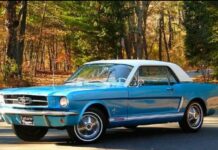Muscle car history is distinctive, fascinating, and enjoyable. However, not all muscle cars are made equal, and over time, there will inevitably be some vehicles that slip between the gaps.
Sometimes the entire automobile is awful, and other times it’s only specific generations and years. We can only anticipate seeing more muscle vehicles as automakers and fans continue to push the envelope. Here are some of the worst muscle vehicles up until that point.
There was nothing “Grand” about this first Buick muscle entry.
1967 Buick Gran Sport
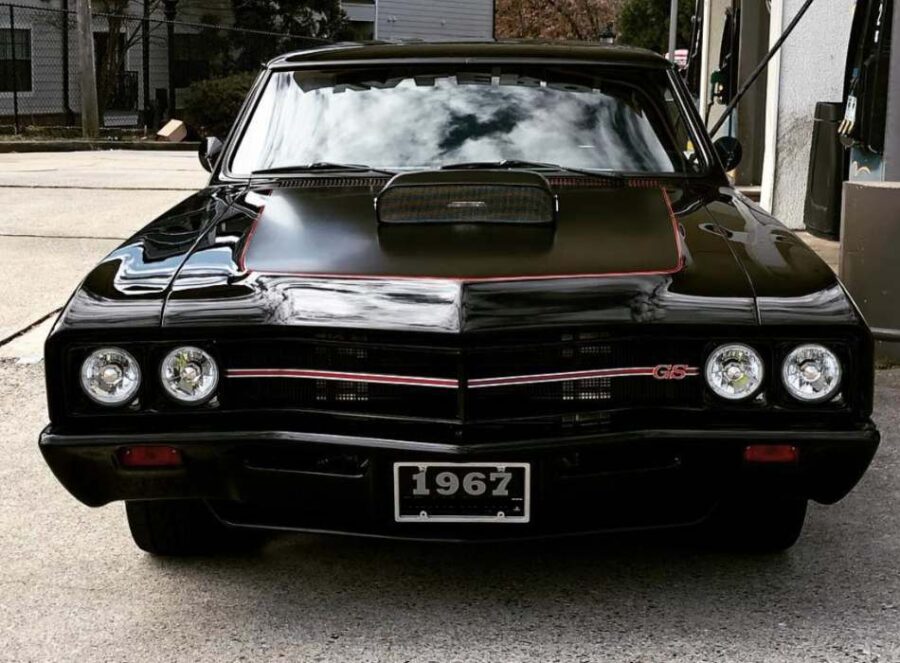
In an effort to create a muscle vehicle that would compete with the GSX, Buick created the Gran Sport. Due to its size and additional bulk, the automobile was hefty and weighted down.
Even though the engine had 175 horsepower, it wasn’t even close to being aerodynamic, therefore it moved slowly. The automobile weighed about two tons when put on a scale, which was excessive even for cars or trucks at the time. The Gran Sport has become outdated, and sales have begun to decline.
TO CONTINUE READING, PLEASE USE THE NEXT PAGE BUTTON BELOW!
1976-77 Dodge Charger Daytona
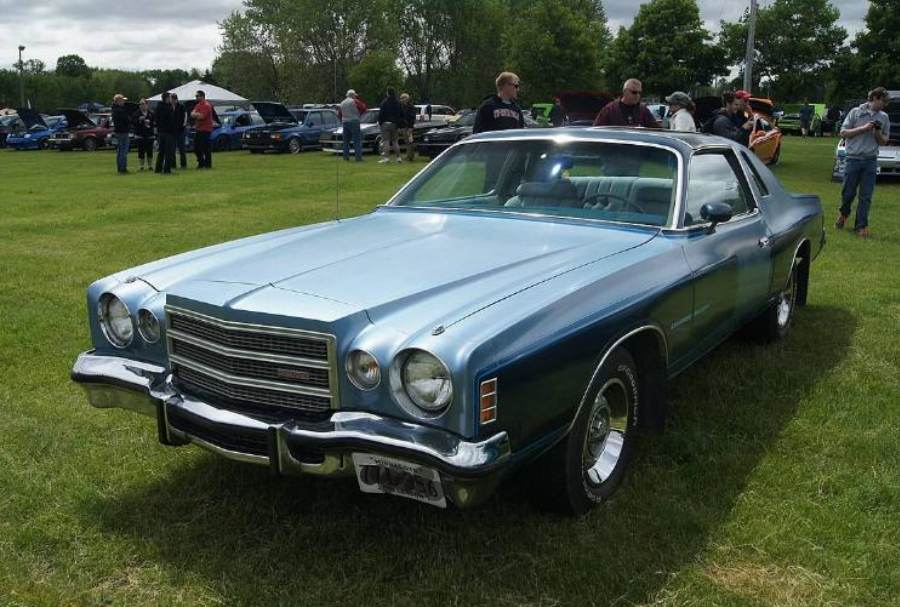
The Dodge Charger Daytona was built especially for NASCAR racing and was intended to be quicker than other Chargers in the Dodge range. The car’s body was given a more aerodynamic, pointed shape in the late 1960s, and it was truly spectacular.
Dodge attempted to rename a Chrysler Cordoba in the late 1970s but made no modifications to the vehicle. The public had an unfavorable opinion of the automobile since it was sluggish and unattractive.
Oldsmobile gutted what was once a promising muscle car addition with this next model.
1970 Chevy Camaro

In 1970, Chevy replaced the Camaro with a new model that, for whatever reason, wasn’t as entertaining to drive as the previous one. Although the new engine was technically superior, it ultimately made the Camaro more of a commuter vehicle than a masterpiece of muscle.
However, the Z/28 is no longer as exciting, as one reviewer observed. Its behavior has matured, and it is now more accepting of driving tactics. All things considered, the engine is now better, but it is impossible to see the loss of a carefree and irrepressible young spirit without feeling some remorse.
1980 Dodge Aspen R/T
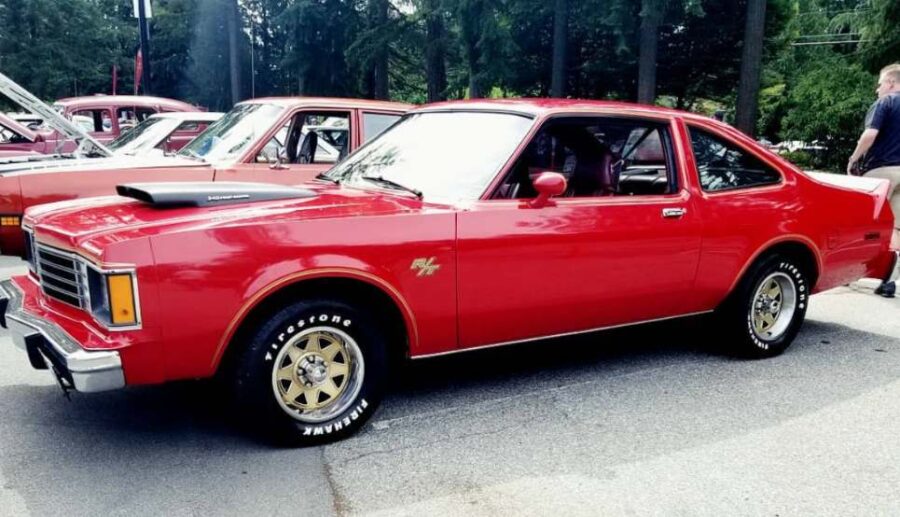
The Dodge Aspen was among the poorest Dodge models ever produced. The vehicle was subject to many recalls and has serious body corrosion problems.
The car’s engine was comparable to that of the Chevrolet Camaro at the time, and purchasers could choose between the Super Coupe and R/T trim levels. Dodge tried to fix its flaws, but it was too late, and the vehicle finally failed.
1977 Pontiac Trans Am
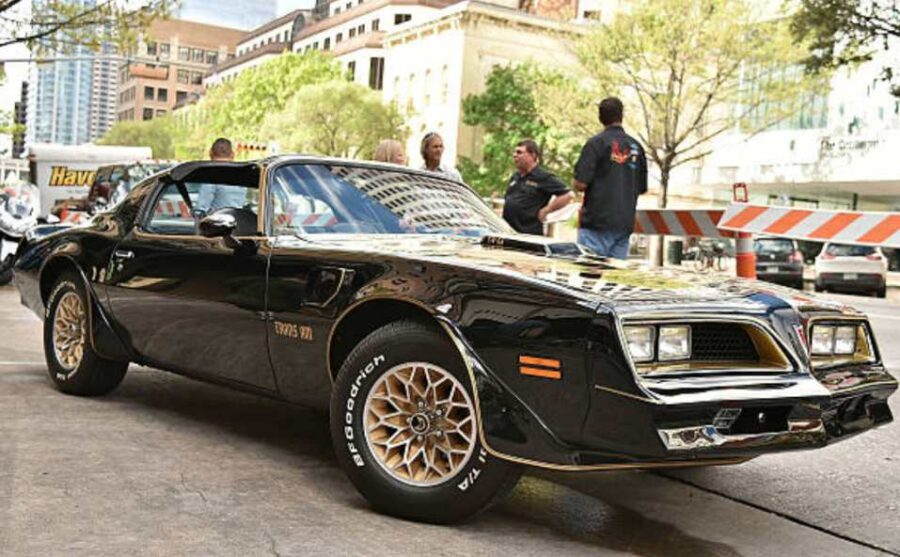
At the time of its introduction, the 1977 Pontiac Trans Am seemed like a revelation. It served as an homage to vintage Pony automobiles and boosted sales in the sluggish market.
Unfortunately, Pontiac neglected to pay adequate attention to the engine. The base model’s 180 horsepower maximum didn’t really make the price tag make sense. The engine might be improved for a few thousand dollars more, but the only true justification for purchasing this automobile was its appearance rather than its performance.
1970s Era Oldsmobile Cutlass
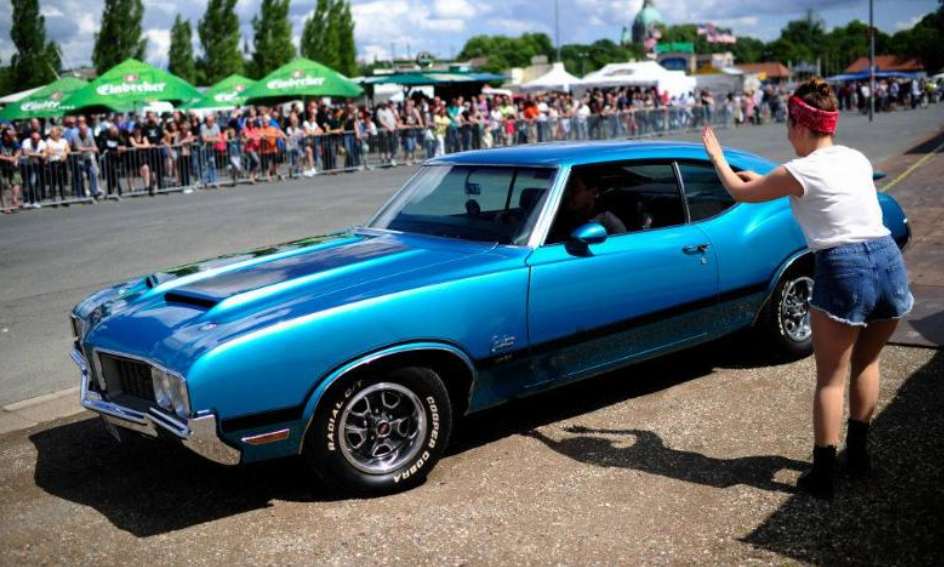
The Oldsmobile Cutlass was initially intended to be the brand’s introduction to the muscle car market. Many significant alterations were made at the last minute in an effort to salvage any earnings as the corporation itself began to experience financial difficulties.
Unfortunately, the once-promising muscle car gradually devolved into nothing more than a Chevrolet Malibu with fresh badging. The Oldsmobile’s original V8 was no longer available, and the car’s powerplant was identical to that of the Chevrolet Malibu.
Pontiac got lazy with this upcoming rebranding.
1982 Pontiac Firebird
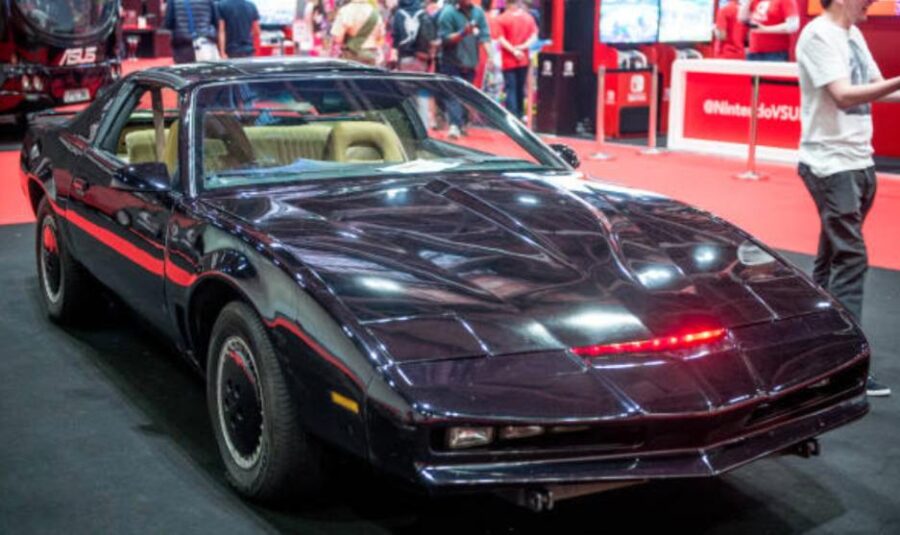
In 1982, this mismatched automobile was a huge letdown. Many automakers were huge proponents of name branding engineering, which meant they would take the same vehicle and give it a new name to get a different result.
The Pontiac Firebird, which essentially was a Chevrolet Camaro with a red paint job and a new emblem, was no better. Customers could still anticipate the same engine as the Camaro because Pontiac just slightly altered the car’s body shape.
The next depressing Mustang model is under 155 horsepower.
1994 Ford Mustang
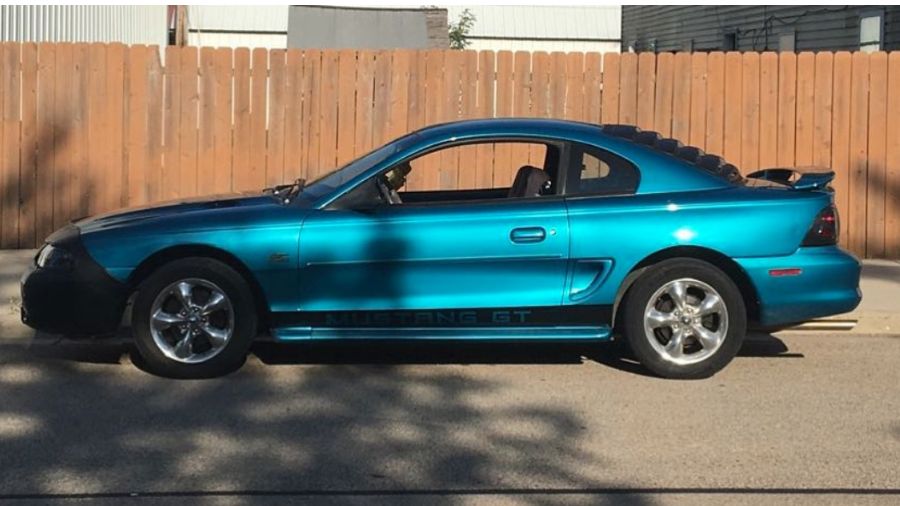
Before Ford learned their errors and began producing vehicles that customers could genuinely appreciate, the Ford Mustang went through several decades of unsuccessful production. Due to the car’s little improvements, the 1994 Mustang was merely another of their total failures.
The car’s exterior hardly included any modifications to its body; instead, it just appeared to be the same Mustang with which we were all familiar. The Mustang’s engine was even more depressing, featuring a V6 that produced less than 150 horsepower.
Chevrolet completely ruined this upcoming Camaro model.
1993 Chevy Camaro
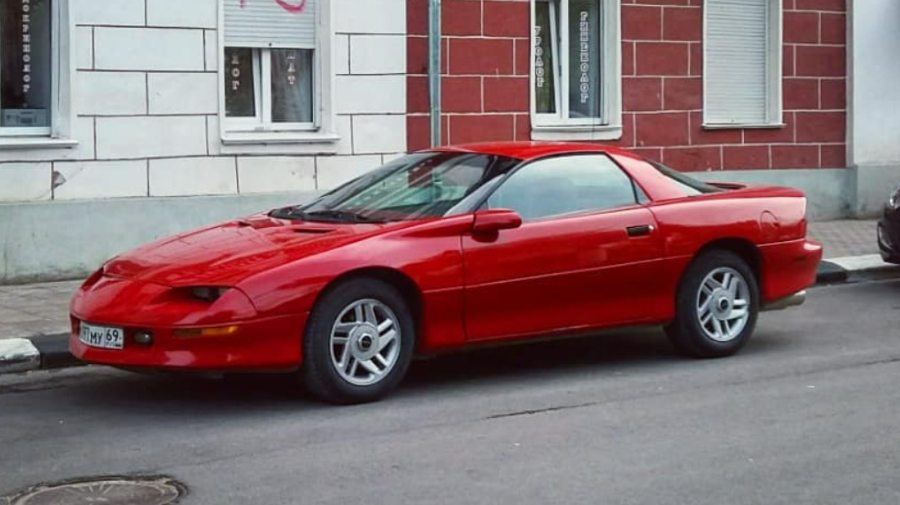
With the release of its 1993 model, the Camaro underwent the majority of its most significant body modifications. The Camaro’s days of having a strong stance are long gone, and Chevy has now given it a more rounded and softer frame.
A V6 engine with only 160 horsepower was standard on the Camaro, which likewise had poor power. Fortunately, the Camaro was still constructed on the same F-body basis, which meant that better upgrades were about to come.
The following vehicle had a seven-year hiatus and returned worse than before.
1995 Chevy Monte Carlo

This vehicle was only one of many failures for the muscle car scene in the 1990s. After a seven-year sabbatical, Chevy decided to bring the Monte Carlo back, but it was worse when it returned.
The Monte Carlo’s revisions were lackluster and boring because it didn’t offer a V8 option or get significant body updates. The Monte Carlo would mostly stay unmodified for the duration of the decade until the 2000s, which made issues worse.
Even with its name, this next car couldn’t steal any thunder.




